Rolex's Cosmograph Daytona meteorite dial is out of this world
Rolex unveils three new versions of the Oyster Perpetual Cosmograph Daytona, all with a dial made from metallic meteorite
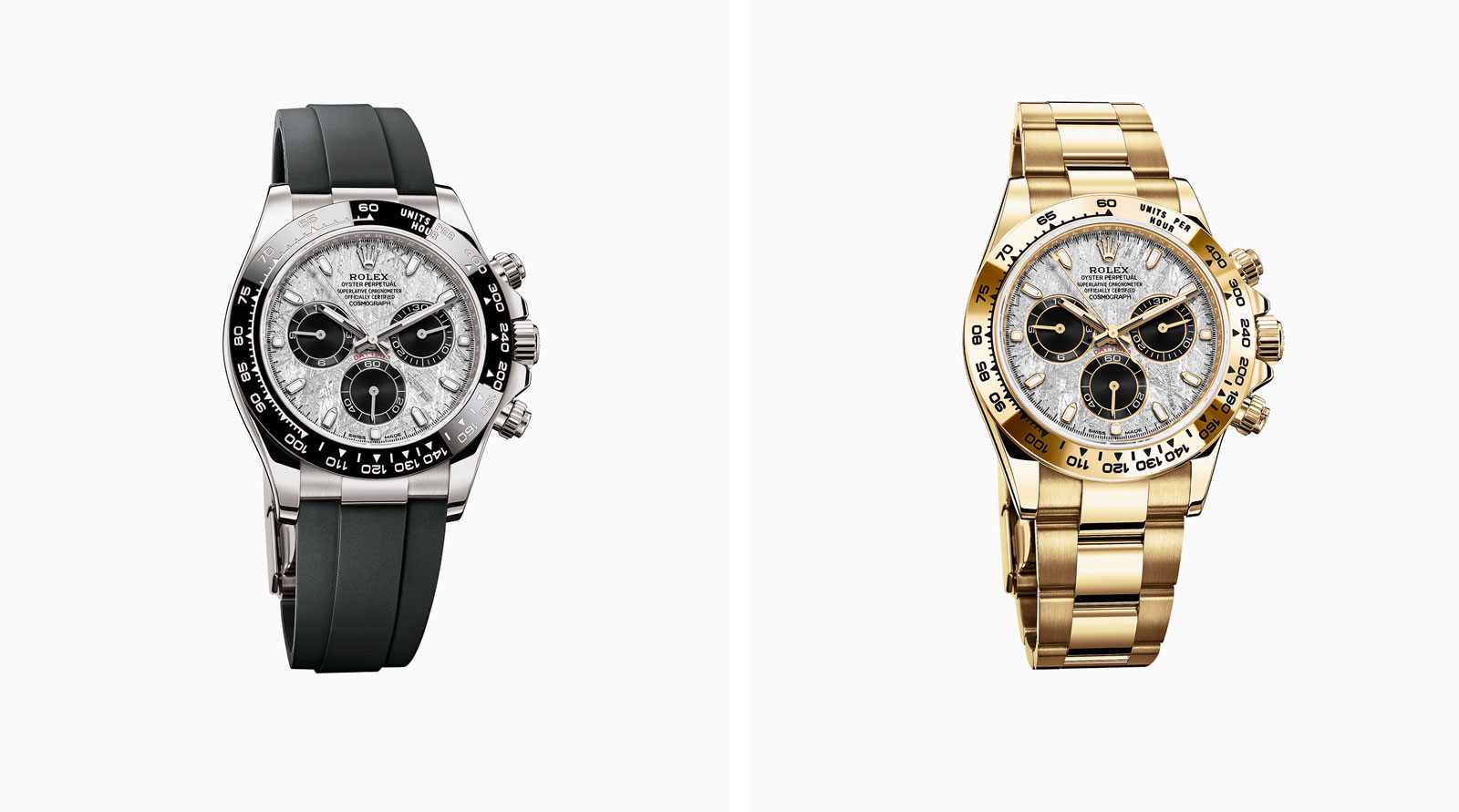
The latest iterations of the Rolex Cosmograph Daytona are defined by a metallic meteorite dial. The rare material, which comes from an asteroid that exploded millions of years ago, features a textured pattern formed as it cooled and crystallised over the years.
The material’s connotations of adventure and durability are apt for the Rolex Cosmograph Daytona, which traces its history back to the 1950s, a decade that marked the beginning of Rolex’s explorations into the potentiality of a watch beyond standard timekeeping.
Professional pursuits such as deep-sea diving and aviation began to be catered for with technologically savvy designs, an investment that paid off – when Sir Edmund Hillary and Tenzing Norgay reached the summit of Mount Everest in 1953, it was with their Oyster Perptuals at hand.
That same year, in celebration, Rolex unveiled both the first Oyster Perpetual Explorer and the first divers’ watch waterproof to a depth of 100m, the Submariner, cementing the brand’s new status as producer of professional watches.
A decade later, in 1963, the Cosmograph Daytona was launched, named after Daytona Beach in Florida, which had played host to more than a dozen world land speed records thanks to its firm sand. In the 1950s, the sand was replaced by the Daytona International Speedway, making location an integral part of motor racing history. The new watch nodded to this adrenaline-fuelled culture with its name and durable credentials, including a clear tachymetric scale for measuring speed, and a hardy case.
RELATED STORY

In the subsequent years, the Cosmograph Daytona has been rethought in multiple iterations, whether created with boldly coloured dials or cast in vivid yellow gold. Familiar design ticks, such as the emphasis on legibility, have remained consistent.
Now, Rolex has turned to a metallic meteorite dial. Mostly composed of iron and nickel, the material is cut into thin sections and subjected to a chemical treatment that uncovers its graphic internal structure. The three new versions – in white gold, yellow gold and Everose gold – all feature the familiar tachymetric scale, making this a useful tool for racing divers and watch aficionados alike.
INFORMATION
rolex.com
Wallpaper* Newsletter
Receive our daily digest of inspiration, escapism and design stories from around the world direct to your inbox.
Hannah Silver is the Art, Culture, Watches & Jewellery Editor of Wallpaper*. Since joining in 2019, she has overseen offbeat design trends and in-depth profiles, and written extensively across the worlds of culture and luxury. She enjoys meeting artists and designers, viewing exhibitions and conducting interviews on her frequent travels.
-
 All-In is the Paris-based label making full-force fashion for main character dressing
All-In is the Paris-based label making full-force fashion for main character dressingPart of our monthly Uprising series, Wallpaper* meets Benjamin Barron and Bror August Vestbø of All-In, the LVMH Prize-nominated label which bases its collections on a riotous cast of characters – real and imagined
By Orla Brennan
-
 Maserati joins forces with Giorgetti for a turbo-charged relationship
Maserati joins forces with Giorgetti for a turbo-charged relationshipAnnouncing their marriage during Milan Design Week, the brands unveiled a collection, a car and a long term commitment
By Hugo Macdonald
-
 Through an innovative new training program, Poltrona Frau aims to safeguard Italian craft
Through an innovative new training program, Poltrona Frau aims to safeguard Italian craftThe heritage furniture manufacturer is training a new generation of leather artisans
By Cristina Kiran Piotti
-
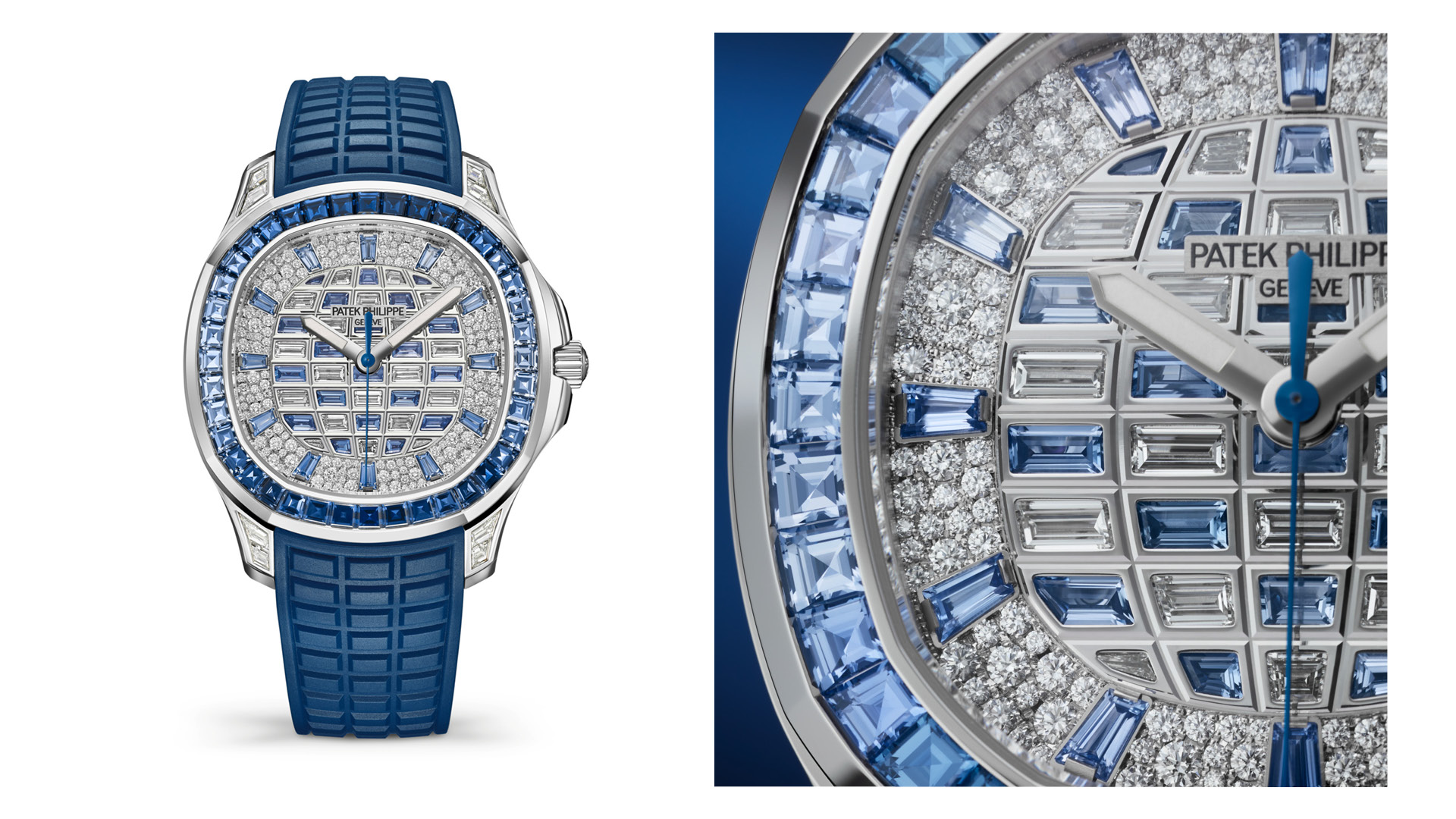 Jewelled watches: five iconic designs get a glittering makeover
Jewelled watches: five iconic designs get a glittering makeoverFrom the Rolex Daytona to the Patek Philippe Aquanaut, 2024 is a dazzling year for jewelled verions of watch design classics
By Caragh McKay
-
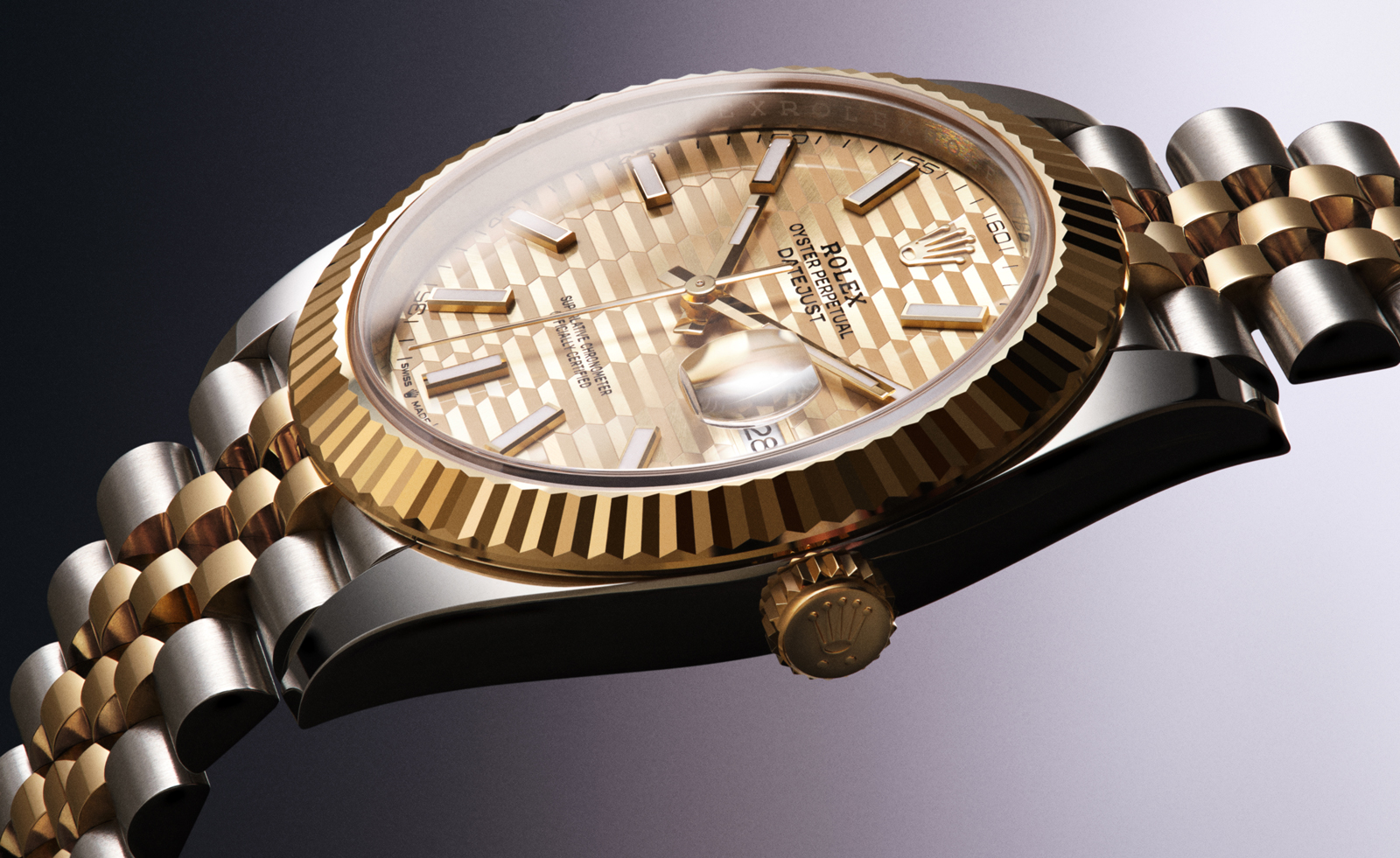 Rolex Datejust 41 imbues watch history with a modern twist
Rolex Datejust 41 imbues watch history with a modern twistRolex’s iconic Datejust has been updated with a new geometric golden dial that is perfectly in sync with the original wristwatch’s signature fluted bezel
By Hannah Silver
-
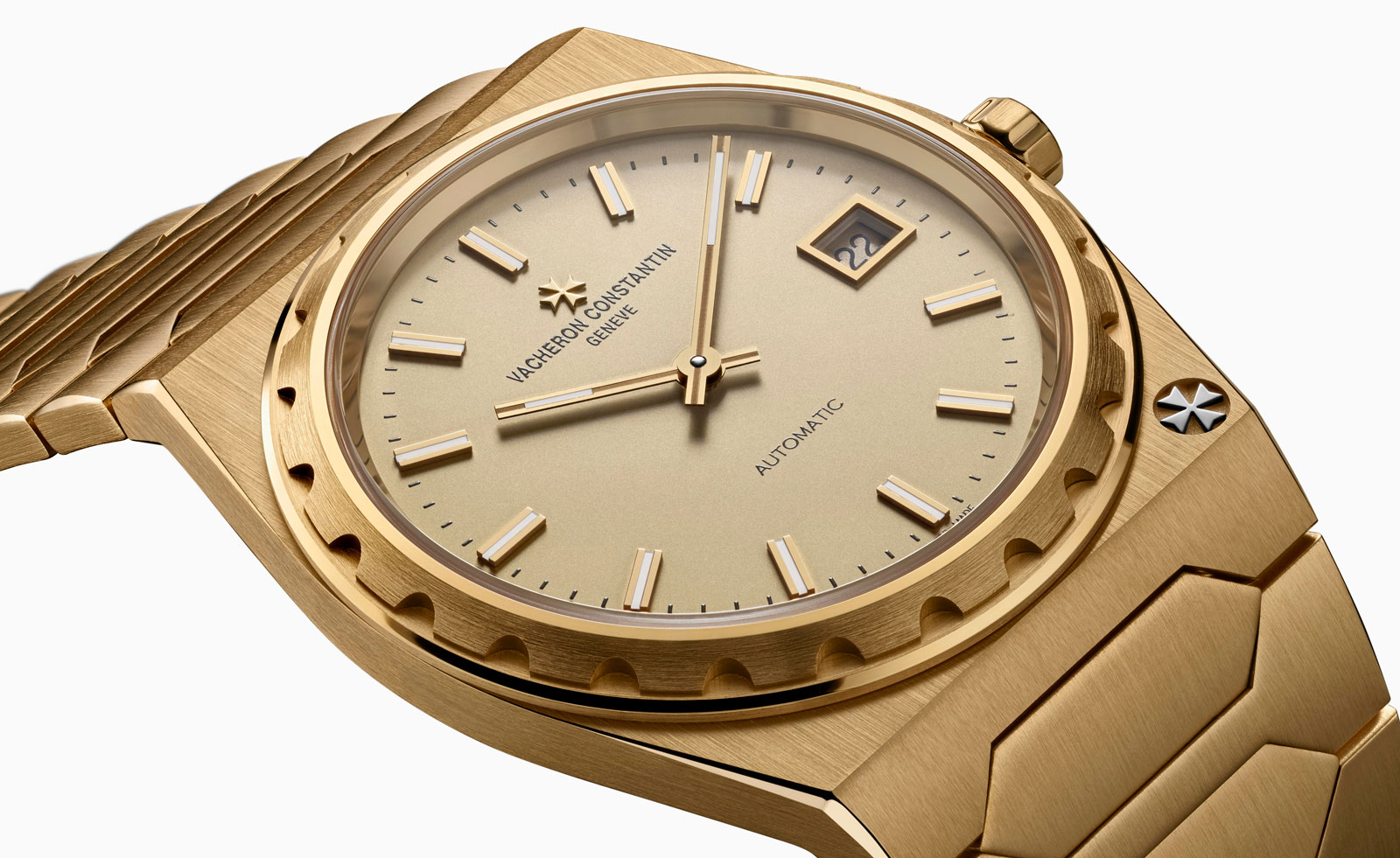 Vacheron Constantin unveils the Historiques 222 to mark 45 years since the model’s launch
Vacheron Constantin unveils the Historiques 222 to mark 45 years since the model’s launchVacheron Constantin restates its place in the pantheon of ‘sports chic’ watches
By Bill Prince
-
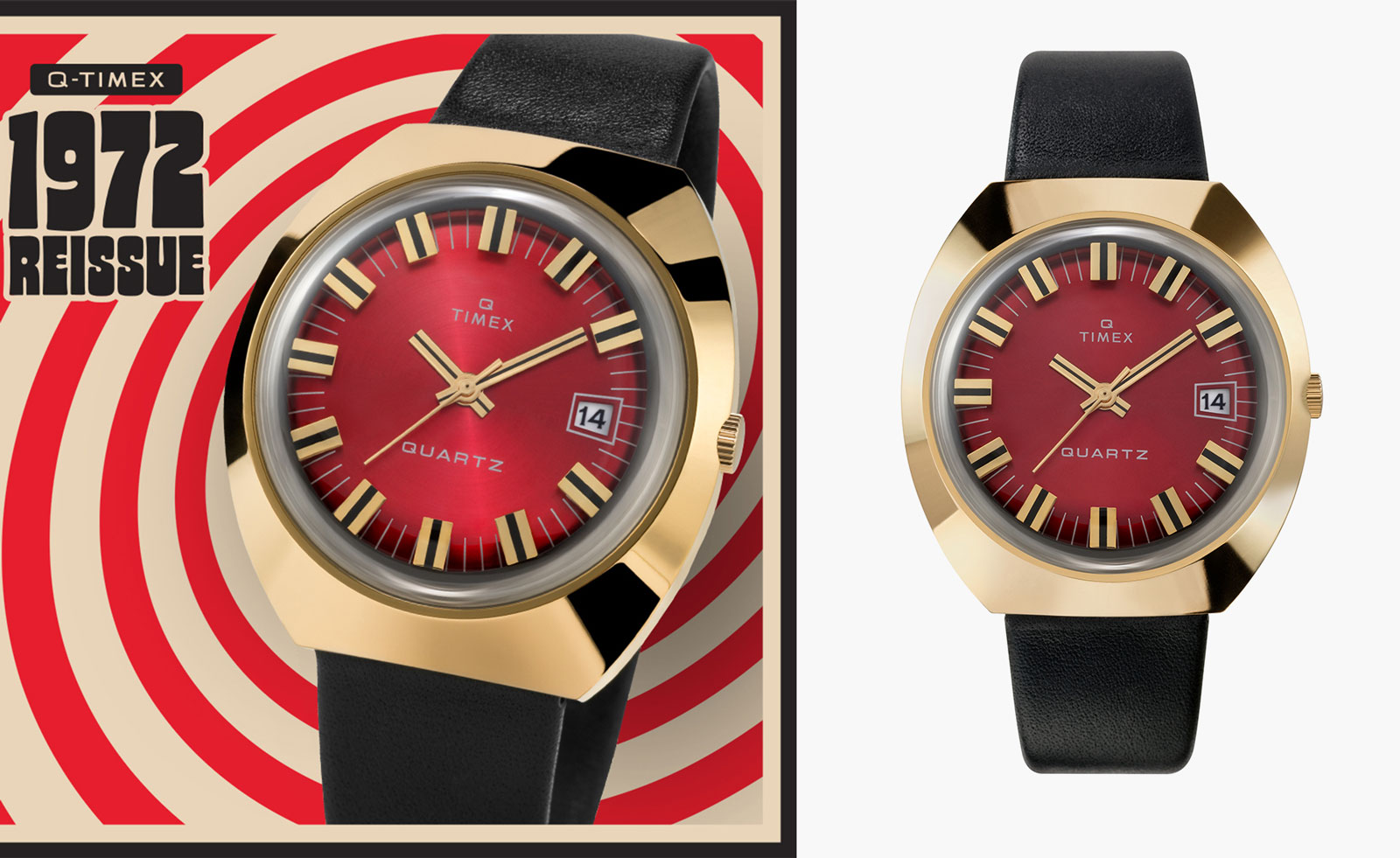 This Timex retro quartz watch is straight from the 1970s
This Timex retro quartz watch is straight from the 1970sThe Q Timex 1972 Reissue watch stays faithful to the design codes of the original
By Hannah Silver
-
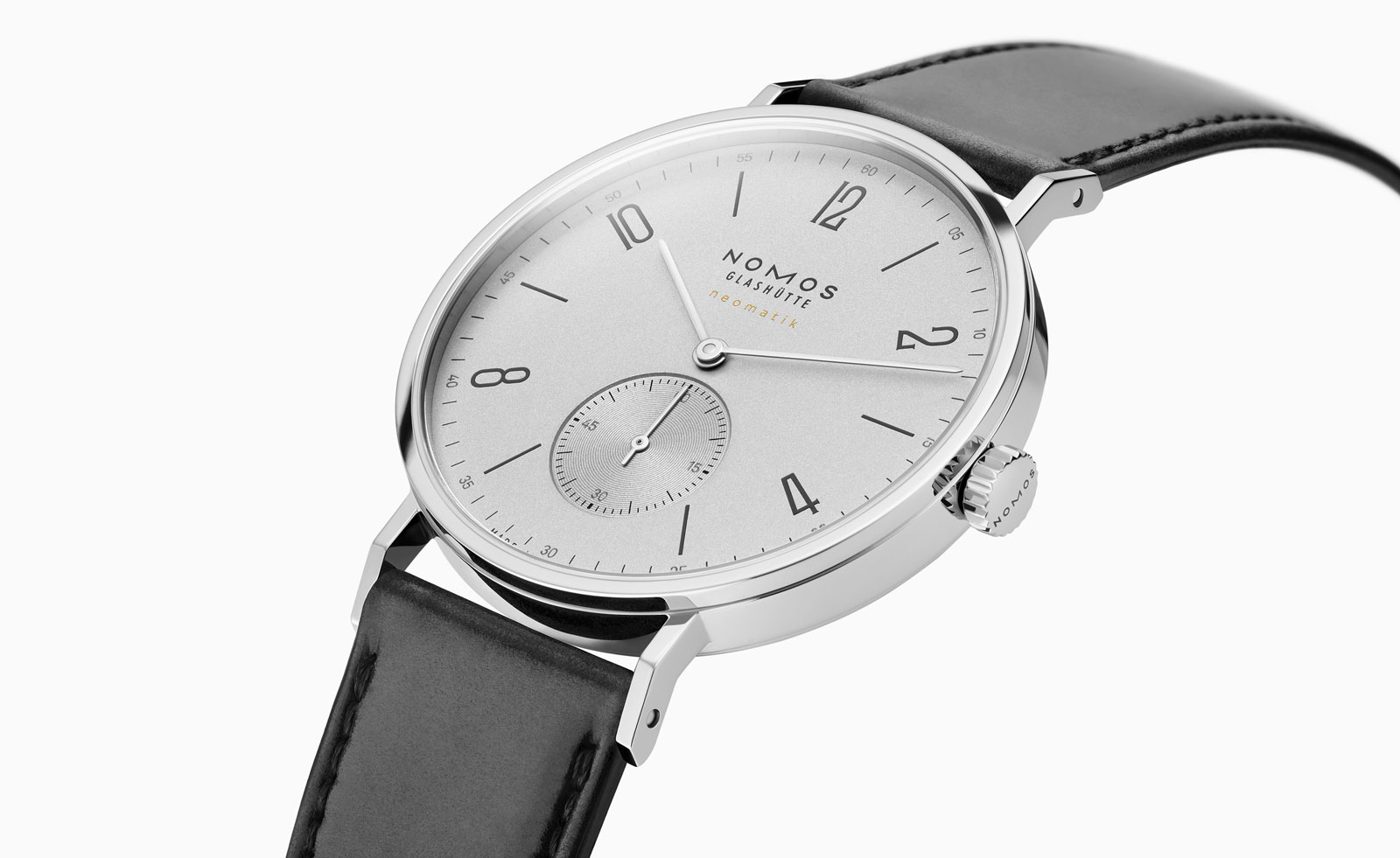 Classic meets cool in Nomos Glashütte’s platinum grey watch design
Classic meets cool in Nomos Glashütte’s platinum grey watch designTwo new Tangente Neomatik watches draw on Nomos Glashütte’s clean German design codes
By Hannah Silver
-
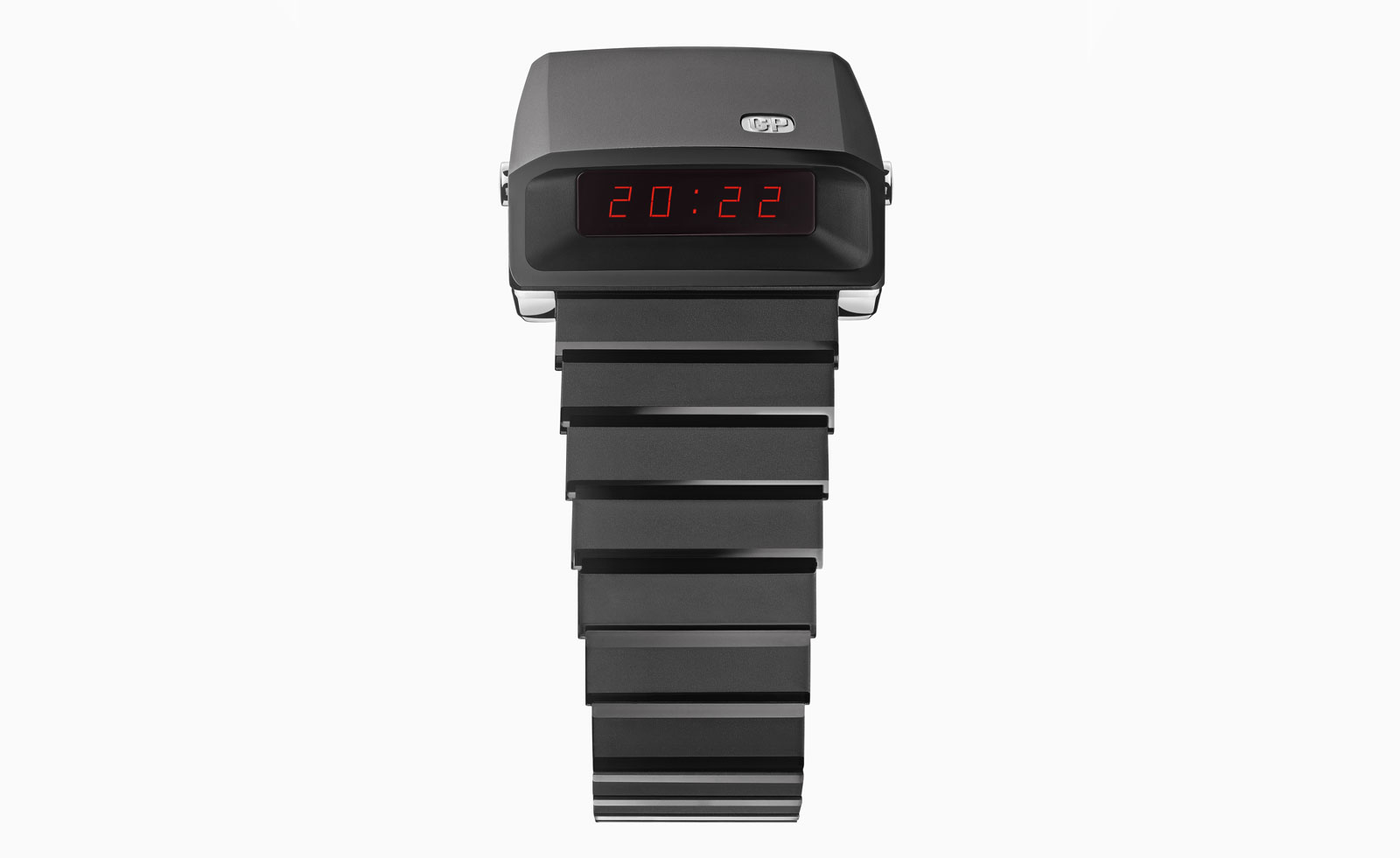 Girard-Perregaux goes back to the future with rethought Casquette watch
Girard-Perregaux goes back to the future with rethought Casquette watchGirard-Perregaux pays tribute to its original 1970s watch with the new and updated Casquette 2.0
By Hannah Silver
-
 G-Shock marks 40 years of youth culture with limited-edition watch
G-Shock marks 40 years of youth culture with limited-edition watchG-Shock and the Museum of Youth Culture look to the archives for the new GW-M5610MOYC-1ER watch
By Hannah Silver
-
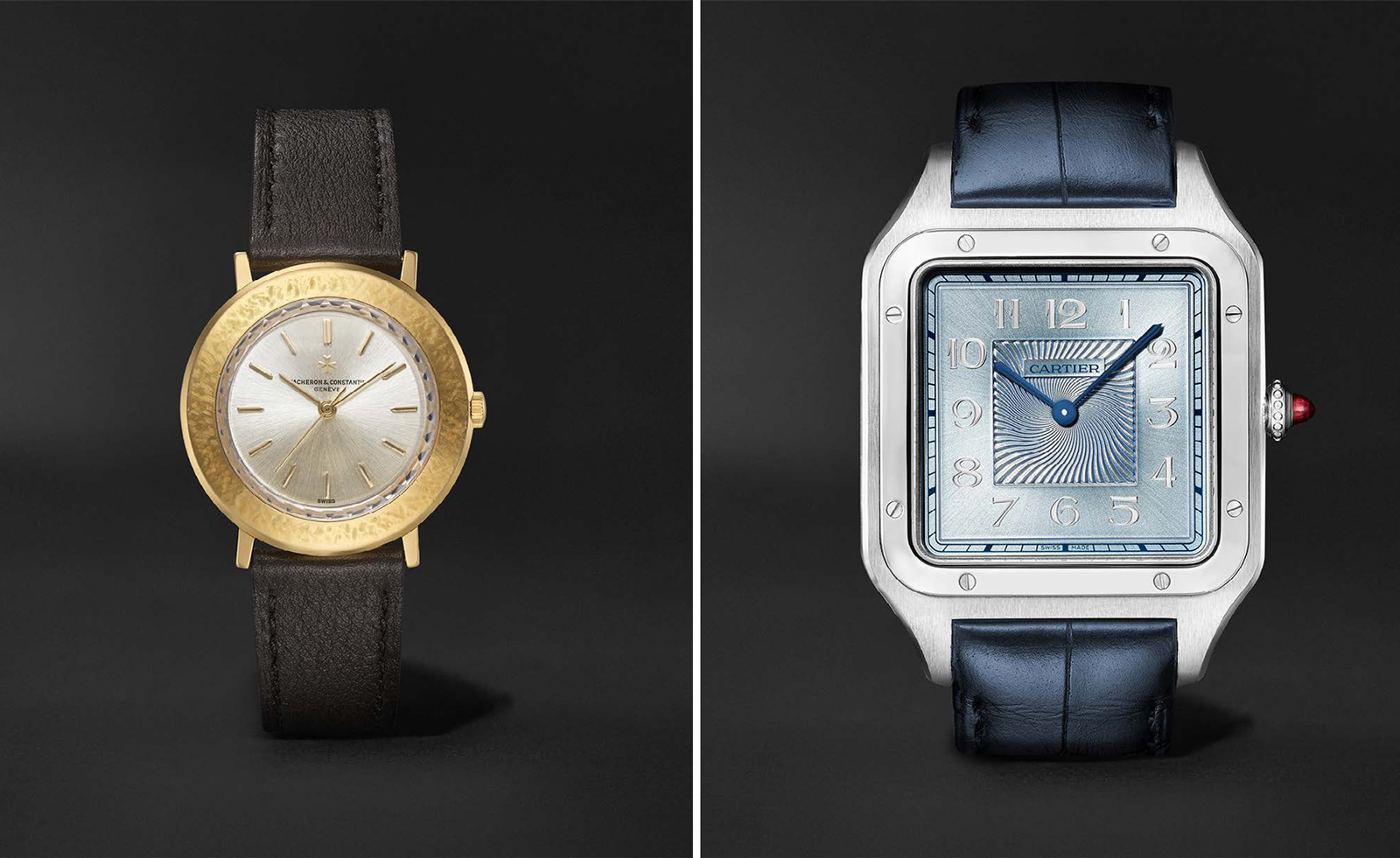 Ten watch brands mark Mr Porter’s anniversary with special editions
Ten watch brands mark Mr Porter’s anniversary with special editionsTen watch brands, including Cartier, Jaeger-LeCoultre, Vacheron Constantin and Bell & Ross, are celebrating Mr Porter’s tenth anniversary in style
By Hannah Silver